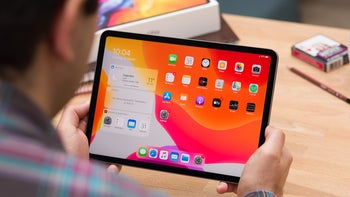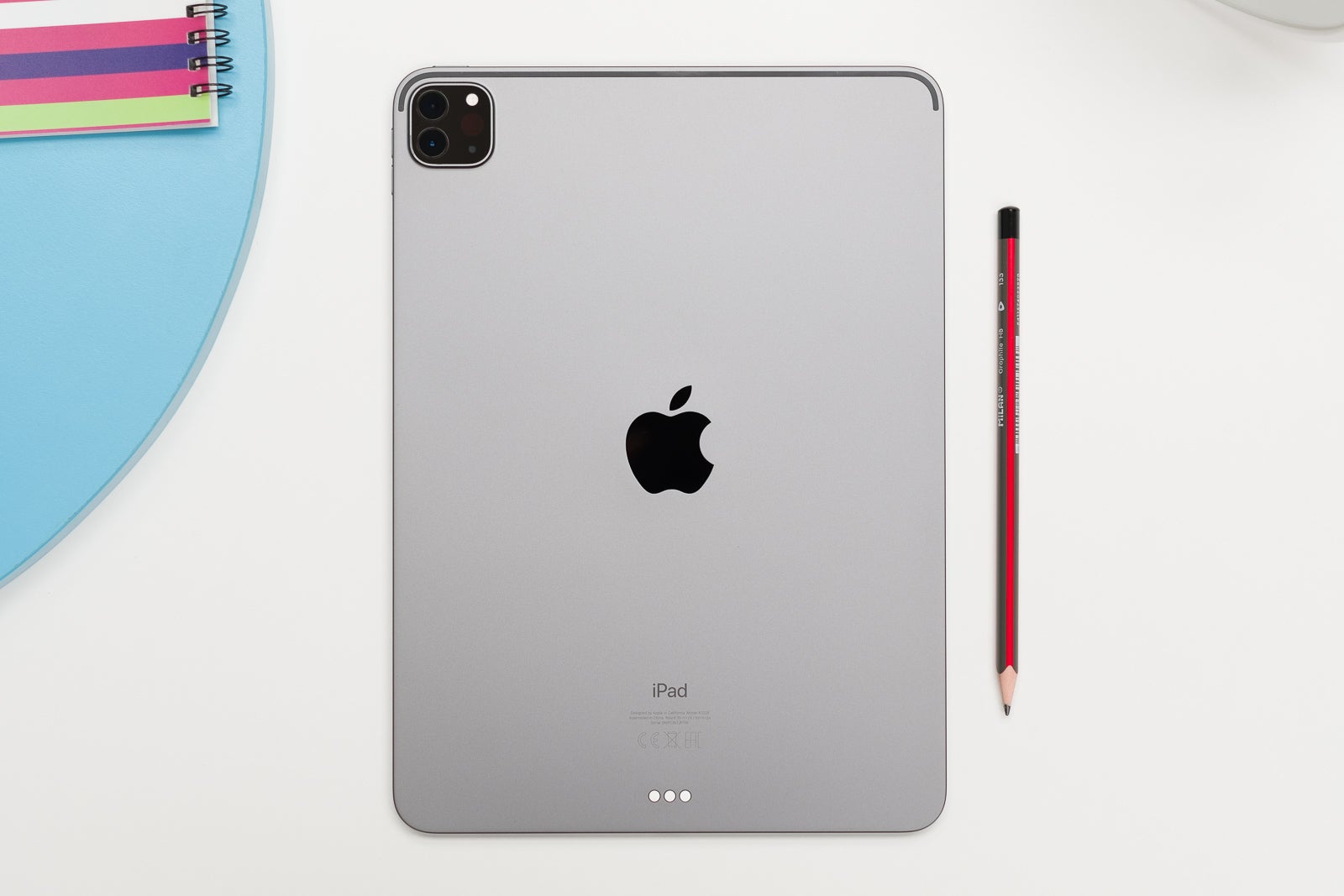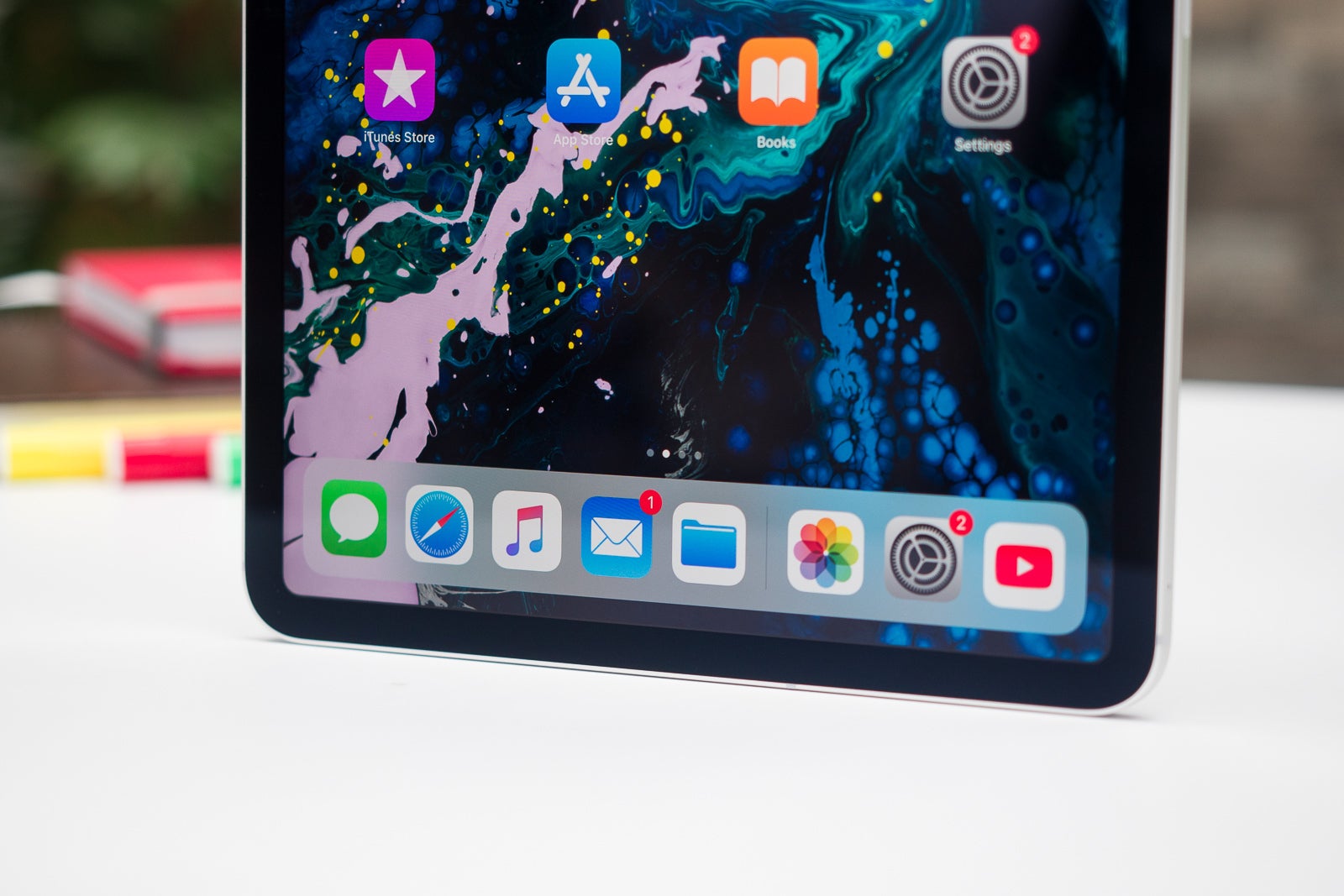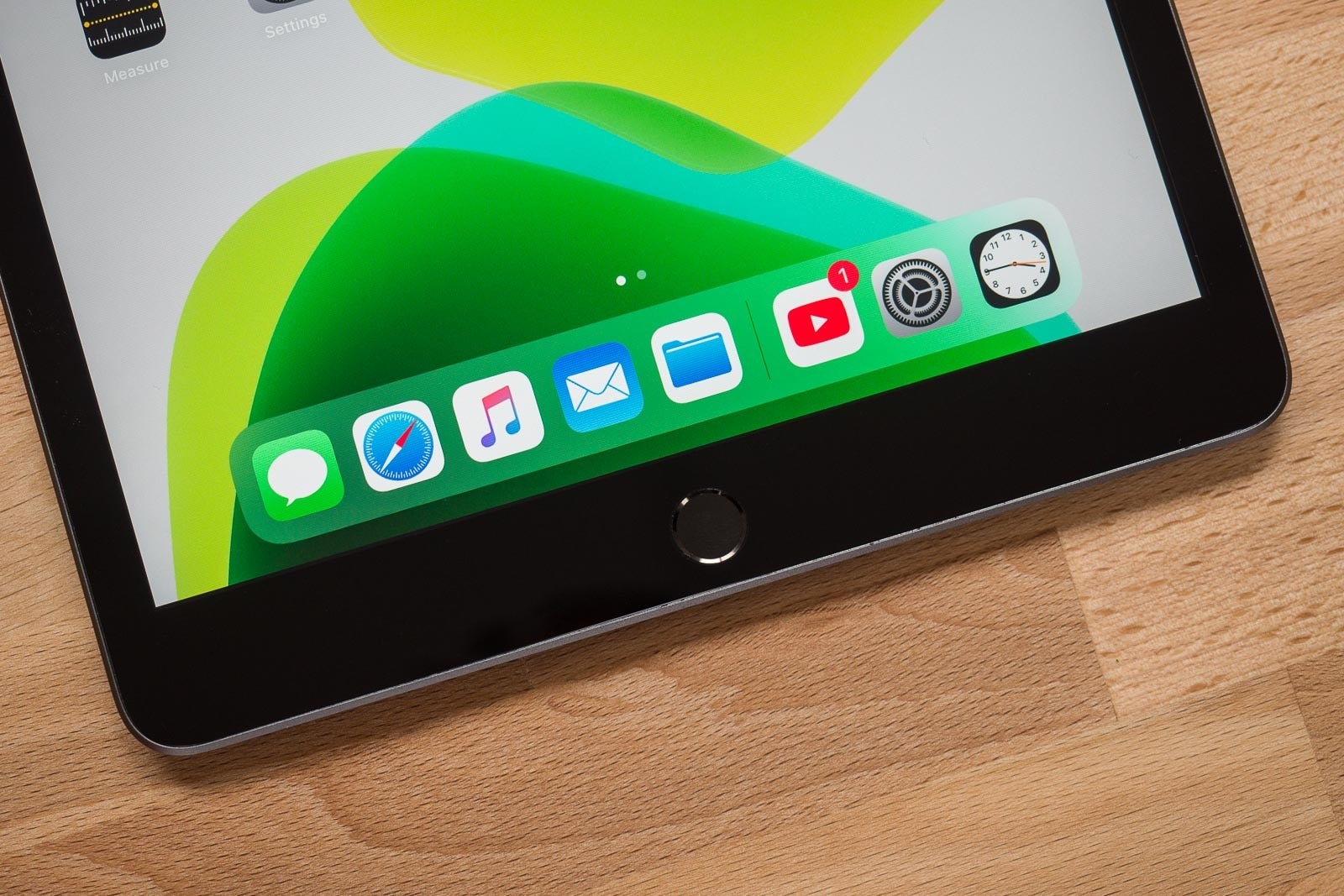11-inch iPad Air might skip Mini-LED display tech after all

The 2020 iPad Pro (11-inch)
COVID-19 has messed with Apple launch plans
Apple has been heavily investing in Mini-LED display technology for quite some time. Before you get too excited, do note that the new screens aren’t as advanced as OLED equivalents because they still require a dedicated backlight layer.
The near-term downside to Mini-LED is that it currently costs much more than LCD. But Apple hopes to counteract this with huge volume orders, something made possibly by its plans to adopt the displays on the entire iPad, MacBook Pro, and iMac lineups by the end of 2021.

The Mini-LED iPad Pro 5G has been delayed
The 12.9-inch iPad Pro 5G was meant to have been one of the first products to benefit from a Mini-LED display. But the recent COVID-19 pandemic has reportedly forced Apple to delay the tablet until early 2021.
Now, China Times says further COVID-19 complications have delayed all Mini-LED adoption plans until 2021. The result? The 11-inch iPad Air that is expected to debut in September alongside the iPhone 12 series will probably feature an LCD screen instead.
Expect an LCD screen, in-display Touch ID, slim bezels
Considering Apple is expected to adopt an iPad Pro-like design on the 2020 iPad Air, the tablet it introduces in September will likely feature a downgraded version of the display used on the 11-inch iPad Pro.
More specifically, one that removes the 120Hz ProMotion technology and instead favors the standard 60Hz refresh rate present on the existing iPad Air and cheaper iPad models. No changes to the thickness of bezels are expected at the moment, though.

The 2018 iPad Pro (11-inch)
As for what else customers can expect from the fourth-gen iPad Air, reports suggest it will be powered by the upcoming A14 Bionic. That chipset will also be present inside the iPhone 12 series and should represent a decent performance boost over the A12 Bionic used inside the current iPad Air.
An updated budget iPad is on the way too
Accompanying the new iPad Air should be an updated iPad. That was also expected to feature a Mini-LED display, but the aforementioned delays mean Apple could reuse the existing 10.2-inch LCD display complete with a Touch ID home button.

Regardless of whether there will be external updates or not, the internal setup is expected to receive a pretty substantial upgrade. Apple is apparently going to replace the A10 Fusion chipset, which first made its debut inside the iPhone 7, with the A12 Bionic, which was introduced on the iPhone XS and is currently used by the iPad Air.













Things that are NOT allowed: